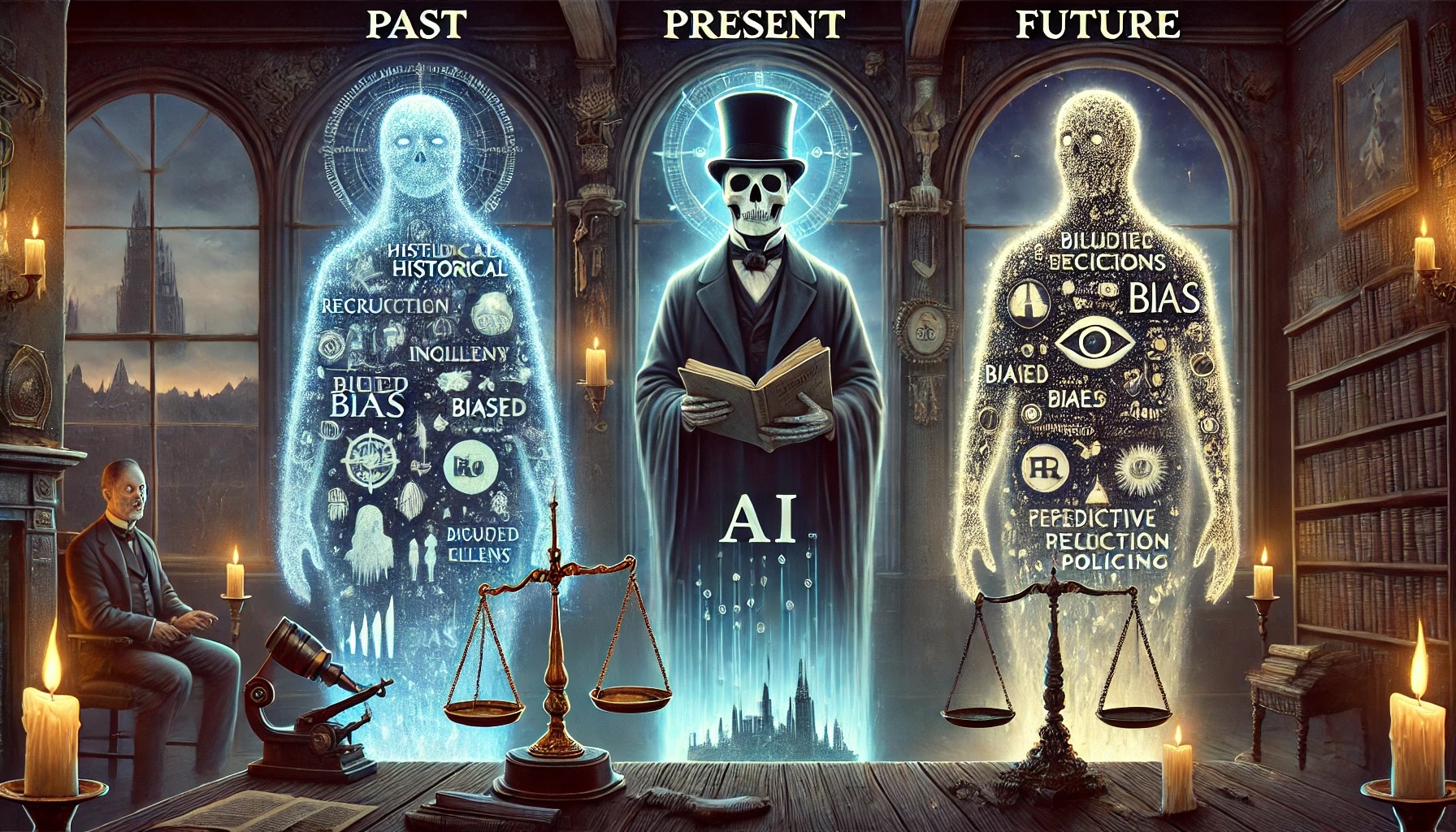When was the last time you’ve been in flow state in any aspect of your life? That feeling when you are so immersed in what you are doing that time both speeds up and slows down, where you lose track of time in the best ways? When you look up and hours have passed but you didn’t notice because you were so involved and curious about what you were doing? This fourth and final Cornerstone of Belonging is a mental state in which a person is fully immersed in an activity, resulting in a feeling of energized focus, full involvement, and enjoyment. Mihaly Csikszentmihalyi is credited with originating the concept of “flow” which is often described as being “in the zone.”


Athletes talk about flow state, or being in the zone, when the game slows down for them, when the basket seems huge, when they know they can’t miss the goal. Artists talk about flow when they look up from their painting and it’s the next morning. Musicians talk about flow when all the members of the band seem to play as one. Flow is a beautiful feeling, and it’s possible that it has never occurred to you that it can happen within the workplace.
And yet flow is essential to any organization that is wanting to build something new, to get better at what they do, or to respond to the unexpected–in short, to do the things that make a company a standout. Flow is the fourth Cornerstone because it cannot exist without the others already in place–Identity, Agency and Power. Flow is a transformative state of work that is intrinsically rewarding. It occurs when employees take on meaningful work that is challenging and aligned with their skills and interests. In a flow state, employees have a strong sense of personal control over the situation and experience the work as deeply rewarding.
This Cornerstone is last because in many ways it’s the hardest to achieve given the direction of most companies. Think about your typical work day. Does it allow for the possibility of flow? Days of back-to-back meetings or a culture of constant interruption are impossible places for flow. The structure of office spaces and open plan offices make it hard for flow to occur as do various time tracking or eye movement detectors. All of these work against achieving flow in the name of more tangible forms of productivity. These strategies are all headed in the wrong direction although it is possible to change our course.
Setting the Stage, Geography, Region, or Office Space
 Think about how to set conditions in your environment to optimize the situations and places where flow can happen. In this setting, the task will stretch your skill set without being too much of a challenge.
Think about how to set conditions in your environment to optimize the situations and places where flow can happen. In this setting, the task will stretch your skill set without being too much of a challenge.
For flow to happen, people need a fair amount of control and agency of their own position. In your situation, do you have control over your tasks and when or how they occur? If possible, setting tasks up for when they most work for you is important. Most people have a certain time of the day when they are best able to take on the type of task that is helped by flow and other times of the day that are better for more rote or familiar tasks. However, you need agency over your schedule in order to take best advantage of your strengths. This type of agency and control is often reserved only for those people at the highest level of an org chart, but it could be possible for everyone. This is not to say that we should defer a challenging task by saying “It’s not my thinking time until next Tuesday” but it is to acknowledge that if there is never uninterrupted and uninterruptible time for larger more complex challenges, then the solution to any problem will be short term and short sighted. There are many things companies can do to create structures that encourage this. No Meetings Fridays have become more common. Or perhaps clustering meetings on one day only could focus attention, priorities, preparation and execution to increase flow. This could also become an organizing principle for when to meet in-person.
Reconfiguring office space can also be important. Since we all know the physical locations to get away from everyone and get some work done, why not create those spaces explicitly? Rather than force people back to an office space or physical location based on arbitrary timelines or rental space contracts, allow the nature of the work to determine where and when you meet. Sometimes people need spaces with four walls and a door. Sometimes a camera and screen will be even more effective. For those who work primarily from home, the location and setup of a home office is equally important to consider. In one respect, the comforts of home create ideal conditions for flow, but the distractions of home might counteract that. Intentional guidelines can help to allow flow state to happen. For example, creating a reasonable expectation around responding to texts and emails allows people to stay off their phones for an extended period of time to work on bigger projects.
Mistakes Are Essential To Strong Outcomes
 Another condition for flow is the belief that mistakes are ok, especially at the early stages of a project. We often have a brainstorming session and say “there are no bad ideas” but do we mean it? Many great inventions, ideas and famous songs have come from making a mistake and saying “Hmmm…that’s interesting…what have we here”. In an environment where mistakes are seen as failures or as reasons a person might lose a job, innovation or flow is unlikely, except from people who don’t care if they lose their job. It’s possible to create a culture where mistakes are considered part of the process of developing something new. There are a multiplicity of ways to be explicit and transparent throughout the organization about the necessity of mistakes when innovating.
Another condition for flow is the belief that mistakes are ok, especially at the early stages of a project. We often have a brainstorming session and say “there are no bad ideas” but do we mean it? Many great inventions, ideas and famous songs have come from making a mistake and saying “Hmmm…that’s interesting…what have we here”. In an environment where mistakes are seen as failures or as reasons a person might lose a job, innovation or flow is unlikely, except from people who don’t care if they lose their job. It’s possible to create a culture where mistakes are considered part of the process of developing something new. There are a multiplicity of ways to be explicit and transparent throughout the organization about the necessity of mistakes when innovating.
When employees are empowered to learn from mistakes, their skill sets and experiences match the challenge for flow. Remember, the idea is that the challenge is just beyond people’s skills and experience but not out of reach. If a person’s job feels like old hat or something they can do with their eyes closed, flow is not going to happen because they are on auto-pilot too often. On the other side of the spectrum, if most of the demands of a job are unclear or novel, the learning curve is currently too high for flow.
Intrinsic Motivation
 Finally, look at the experience of employees. Do people feel their work is intrinsically rewarding? Do they feel motivated by the mission and vision and what they can contribute to it? While companies spend a lot of time thinking about how to create supportive cultures and bring in meals, massages, laundry, car service, flight upgrades, company swag, even company dogs, the answer could be much simpler. Do people like the work they do? Do they feel as if what they do contributes to the world and satisfies themselves? If they do not, it is time to re-examine the other three Cornerstones of Identity, Agency and Power because the solution probably lies in improving in those areas first. Flow state can only happen around something that we care about.
Finally, look at the experience of employees. Do people feel their work is intrinsically rewarding? Do they feel motivated by the mission and vision and what they can contribute to it? While companies spend a lot of time thinking about how to create supportive cultures and bring in meals, massages, laundry, car service, flight upgrades, company swag, even company dogs, the answer could be much simpler. Do people like the work they do? Do they feel as if what they do contributes to the world and satisfies themselves? If they do not, it is time to re-examine the other three Cornerstones of Identity, Agency and Power because the solution probably lies in improving in those areas first. Flow state can only happen around something that we care about.
Flow has a number of benefits for both individuals and organizations. It can enhance creativity, productivity, and revenue. It can also lead to greater job satisfaction, reduced stress, and improved well-being.
To create flow in the workplace, organizations must align people with their passions and remove obstacles to top performance. This can be done by providing employees with challenging and meaningful work, clear goals, and the resources they need to succeed. Employees are more productive, creative, and engaged. They are also more likely to be happy and satisfied with their work. When teams are in a strong flow state, businesses can thrive.
Inclusive Leaders Read On:
 If you are in a leadership or managerial position, consider these strategies to intentionally set the stage, or design the environment that allows people to achieve Flow states.
If you are in a leadership or managerial position, consider these strategies to intentionally set the stage, or design the environment that allows people to achieve Flow states.
- Conduct a gender and role-based compensation audit to ensure equity within the organization. Be as transparent as possible.
- Stay open to candid feedback about organizational hierarchies and existing processes.
- Seek culture-add not a culture fit when hiring.
- Allow space to learn from mistakes. Welcome them, if possible. Model this behavior to others
- Change the expectation around availability and response time to texts, emails, slack, etc
- Ask employees what physical environment they need for think time or creative projects and then create those environments
- Reduce or cluster meetings to specific days (especially for any in-person meetings).
Have you taken the Belonging Assessment?
We partner with businesses to address how bias is impacting your bottom line. We actively engage with clients to identify and disrupt the hidden (and not-so-hidden) biases that impact company performance. Our clients benefit from our ability to structure initiatives that are simultaneously provocative, personal, and productive. We take a self-reflective approach and move organizations from bias to belonging®

Percipio Company is led by Matthew Cahill. His deep expertise in cognitive, social, and workplace biases is rooted in the belief that if you have a brain, you have bias®. He works with executives to reduce mental mistakes, strengthen workplace relationships & disrupt existing bias within current HR processes, meeting protocols and corporate policies. Matthew has demonstrated success with large clients like LinkedIn, Salesforce and dozens of small to mid-size companies looking to create more inclusive workplaces, work smarter, generate more revenue and move from bias to belonging®.





